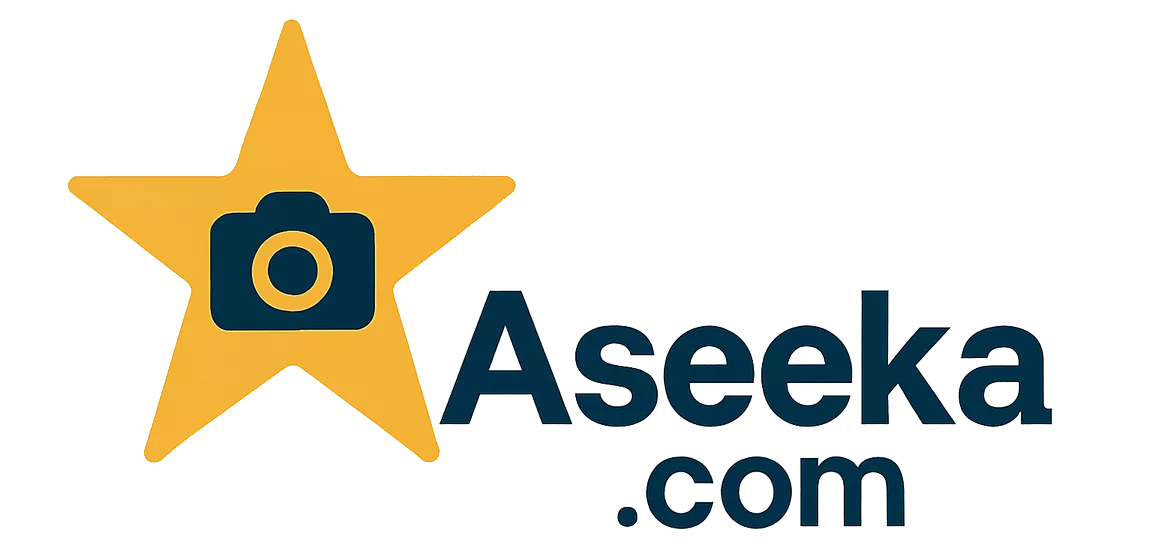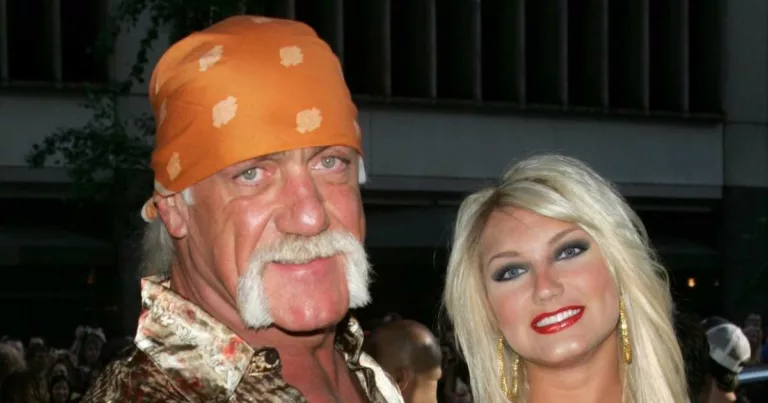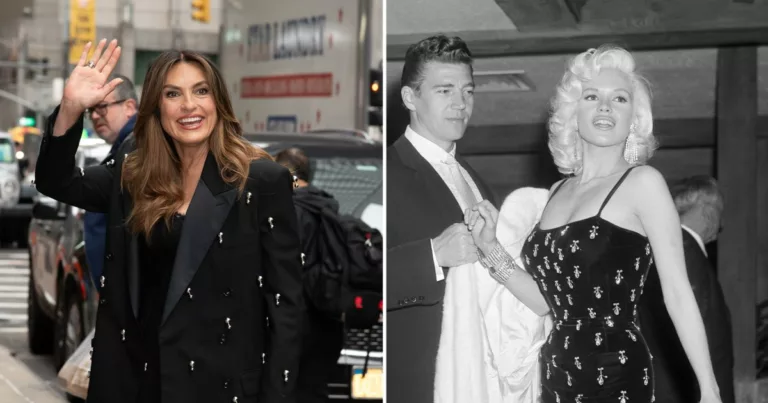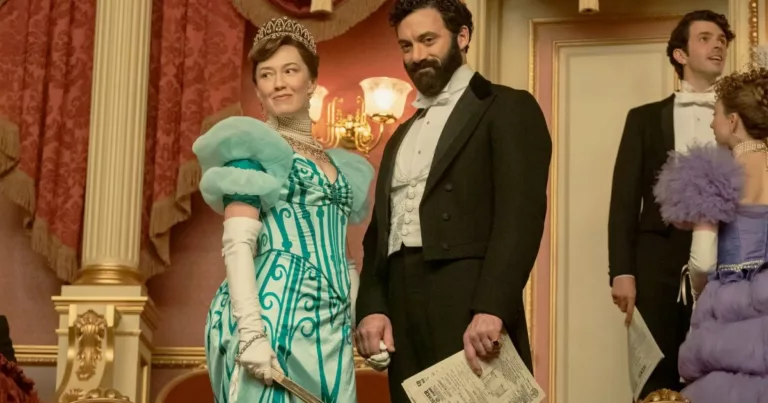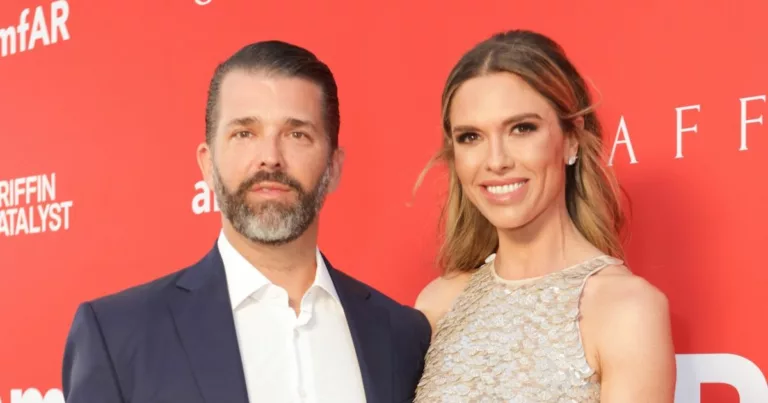Anticipation Turns to Skepticism for Margot Robbies Wuthering Heights
Emily Brontë’s 1847 literary classic, “Wuthering Heights,” has remained a captivating yet polarizing tale for nearly two centuries. The turbulent love story of Heathcliff and Catherine Earnshaw continues to resonate through generations—both thrilling and repelling readers with its passionate intricacies. With the announcement that Oscar-nominated director Emerald Fennell would helm a film adaptation starring Margot Robbie and Jacob Elordi, expectations soared. However, the first glimpses of the project have left many fans and critics with mixed feelings.
The social media fervor following the release of the trailer on Wednesday highlighted a divide in public sentiment about this ambitious adaptation. While fans of 19th-century literature were eager for a fresh take on Brontë’s work, skepticism quickly surfaced. Many were concerned about Fennell’s artistic direction as well as the casting choices. Robbie’s portrayal of Catherine Earnshaw, a character who meets a tragic end at the tender age of 18, raised eyebrows given her significant age difference from the character.
When the promotional materials dropped, anticipation shifted toward critical scrutiny. The film’s poster, notably echoing the aesthetics of “Gone With the Wind,” led to comparisons that did not sit well with viewers. One prominent pop culture outlet bluntly declared the film “looks terrible,” unleashing a wave of derision across platforms like X (formerly Twitter). Users couldn’t help but draw parallels between the trailer’s suggestive scenes and the cringe-worthy content often associated with food influencers attempting to inject sensuality into their culinary creations.
The critiques deepened as some users labeled Fennell a “millennial edgelord” for what they perceived to be a misguided attempt to reimagine Brontë’s work. Comments like, “You see what happens when you let music video directors make movies” encapsulated the growing anxiety that Fennell’s adaptation could dilute the original narrative into a hollow “dark romance.”
This anxiety is not entirely unfounded; many fear the film might shift public perceptions of “Wuthering Heights,” transforming it into a trendy TikTok-worthy narrative of passionate, albeit tumultuous, romance replete with contemporary clichés and anachronisms. Coupled with a soundtrack from Charli XCX, some purists lamented the divergence from the story’s historical roots, failing to recognize how contemporary adaptations have previously thrived despite deviations from the source material.
Critics are quick to dismiss the film based almost entirely on early visuals and social media buzz. However, the film won’t hit theaters until Valentine’s Day 2026, leaving ample time for opinions to shift and evolve. Perhaps the initial backlash lacks the nuance that might emerge as more information becomes available. One insightful user remarked, “You all need to unclench. This looks hot,” suggesting that, given time, audiences could warm to this reinterpretation.
The discourse surrounding the trailer and poster is indicative of a broader trend in entertainment: an intersection of classic literature and modern sensibilities, often leading to polarized reactions. As audiences grapple with the balance of authenticity and innovation in adaptations, Fennell’s “Wuthering Heights” is sure to be a talking point in both film circles and literary discussions alike. It’s quite plausible this adaptation may spark renewed interest in corset fashion, as well as debate over fidelity to source material versus the creative liberties taken by filmmakers.
As we anticipate the film’s release, it will be fascinating to see how Fennell navigates the challenges laid before her. Will she manage to honor the complexity of Brontë’s original narrative while offering a contemporary twist that resonates with today’s audience? Only time will tell. Until then, one thing is certain: the conversation surrounding “Wuthering Heights” and its adaptation will undoubtedly continue to evolve, reflecting the dynamic relationship between literature and film in today’s cultural landscape.
